Call for Applications for CyDRe, the EPCC Research cycle of Cité du design - Esadse / Saint-Etienne
Design and Research Post-Diploma: Azimuts
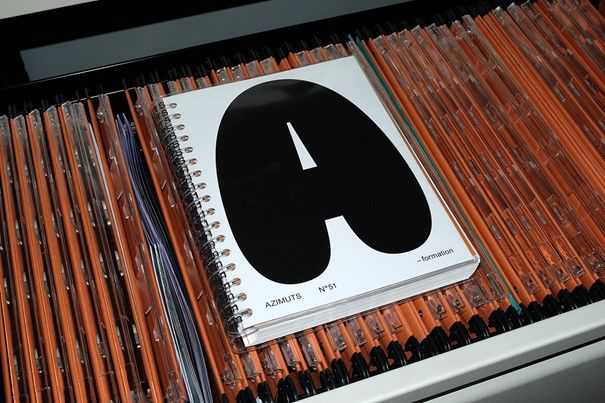
Applications for students and professionals wishing to train in design research from the 2021-2022 school year within the research platform of the EPCC Cité du design École Supérieure d’Art and Design Saint-Étienne Saint-Étienne Higher School of Art and Design).
This call is open for two applicants in Azimuts Design & Research Post-Diploma
Deadline for submission of applications: December 14, 2020
Skype interview on: december 15, 2020
Start date: Janury , 2021
Contact: cydre@esadse.fr
Information: +33 4 77 47 88 51
Azimuts research magazine
Founded in 1991 under the supervision of Jacques Bonnaval by postgraduate students from the École des beaux-arts de Saint-Étienne(Saint-Étienne School of Fine Arts), the magazine Azimuts reviews the current state of design research. It is a place for reflection and discussion on the contemporary fields of design, a field of graphic experimentation, and a support for communication and promotion of research objects. With the aim of presenting and debating the subjects and methods of design research, Azimuts welcomes projects, productions and the points of view of personalities from the world of design, but also from outside this environment. The magazine Azimuts is an educational tool that offers CyDRe students the ideal conditions for graphic and editorial exploration. Designed as a biannual publication dedicated to the dissemination of design research, Azimuts is the central theme of research of students enrolled in the Design and Research Post-Diploma- Azimuts. The program is completed by the invitation of a graphic designer or collective from outside the establishment who participates in the pedagogy and the technical orientation of the activities required in the production of the magazine.
https://revue-azimuts.fr/
Design and Research Post-Diploma : Azimuts (2 years)
Languages : French, English
This two-year training course is aimed at student researchers in graphic design wishing to conduct their research project using the journal. Azimuts is a pedagogical resource for experimenting, building, producing their design research within the platform. The course involves activities as experimenting with the editorial process and making a research journal published by a higher education institution for educational purposes.
Design research today requires new ways to formalize and disseminate its content and invent its own space in contemporary cultural production. Azimuts is an ideal tool for this purpose and to come up with a novel approach. The CyDRe offers students of the Design and Research Post-Diploma-Azimuts an excellent context for collective work with other researchers of the DSRD and the doctorate. They will be responsible for their production tasks and editing content for the magazine. An experienced graphic designer will be associated with the program to serve as a teacher and as a pedagogical referent with students of the Design and Research Post-Diploma-Azimuts. The researcher students will appropriate the magazine as a research and experimentation project. From the editorial project to distribution, it is a total experience to experiment with graphic language and editorial protocols in the best possible conditions.
The editorialization of the Azimuts is led under the direction of the designer and postgraduate course head Ernesto Oroza, and carry out by the personal contribution of the post-diploma students within the research platform. This personal contribution of the students who participate in elaborating the magazine Azimuts is based on the collective creation, so it will not be attributed, in any case, a distinctive right of any individual element of the whole realized. Therefore, the production of the Azimuts magazine is a collective work, and its property is that of the Cité du design - Esadse.
After the student-researcher has spent two years in the Research Design Cycle, validated by a final presentation before an independent jury, the Esadse delivers them a certificate in Design Research of the Esadse, a school diploma supported by the Ministry of Culture.
Reception conditions
Students enrolled at Esadse benefit from student status, are search grant of EUR 4,000 per year, a residence, and a dedicated workspace open 24 hours a day. They can count on the presence of an educational team of teachers and researchers and occasional speakers, depending on the projects'nature. They also have privileged access to all the intellectual and material resources of the Esadse and the Cité du design (workshops, documentation center, material library, digital center, research center, laboratories, etc.). Students in Post-diploma must pay the registration fees to Esadse and subscribe to a student social security scheme.
Conditions of admission
Applicants must hold a DNSEP or a Baccalaureate + 5-yearequivalent diploma (MA), or be able to justify a professional experience of at least 5 years in the field of design.
For foreign students, knowledge of French is desired; forall applicants, fluency in English essential.
Application file
The selection of applicants is determined according to the course, motivation, and ability to come within the scope of the research platform of the Cité du design - Esadse.
1. Applicants must fullfill the digital registration : https://forms.gle/HW1eZjiAQVnHAa4r8
2. In plus, the applicant must send by e-mail to Esadse at cydre@esadse. fr (object : CyDRe-candidature 2021), a digital file containing the following documents
• the registration formmentioning the educational path desired by the student
• a copy of the diplomas;
• 1 curriculum vitae mentioning the higher education course and/or any activities related to the professional sector;
• 1 personal work file (photos, drawings, models, texts, publications, editions, etc.) along with a structured (if necessary illustrated) presentation of the research to come, and the professional project which motivates the training (in 1 page);
• 1 detailed cover letter;
• 1 optional letter of recommendation.
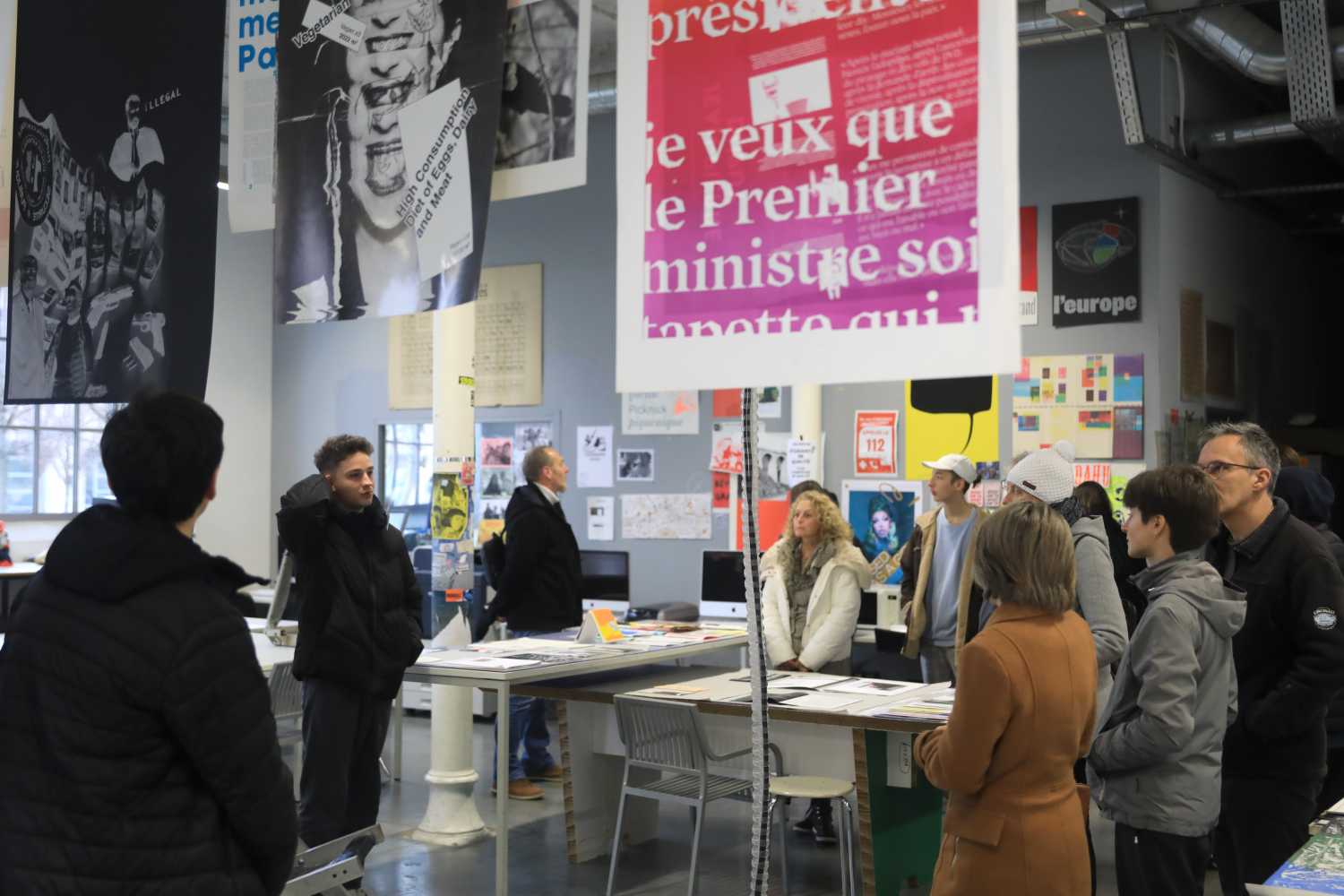
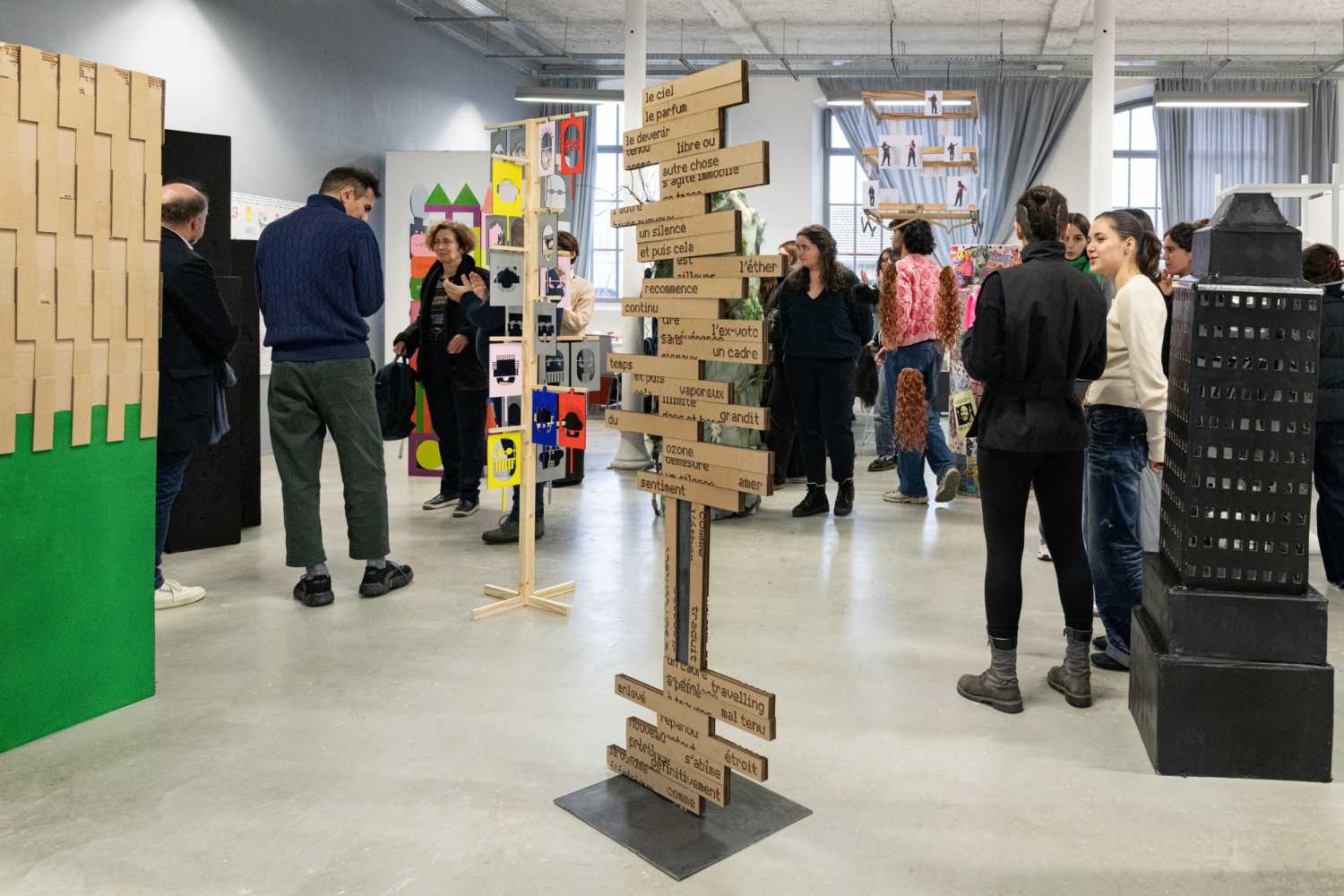
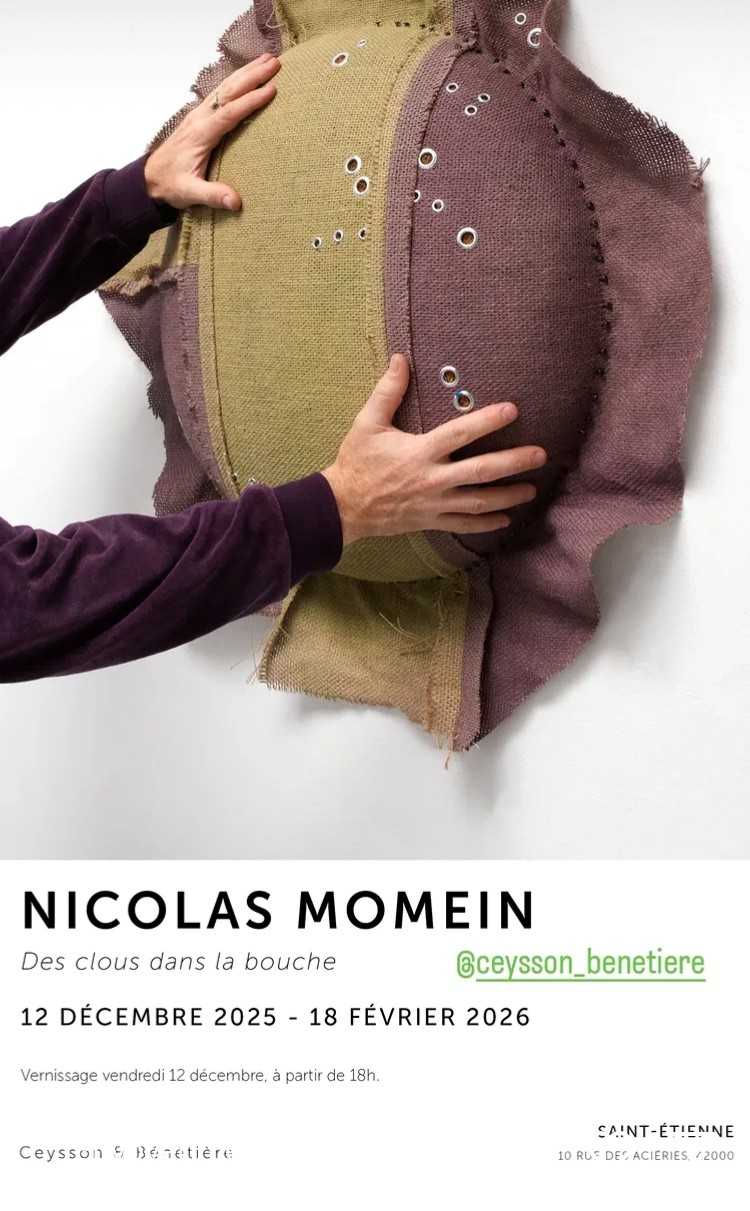
Détournement et économie des ressources : la création numérique comme manière de jouer avec les contraintes
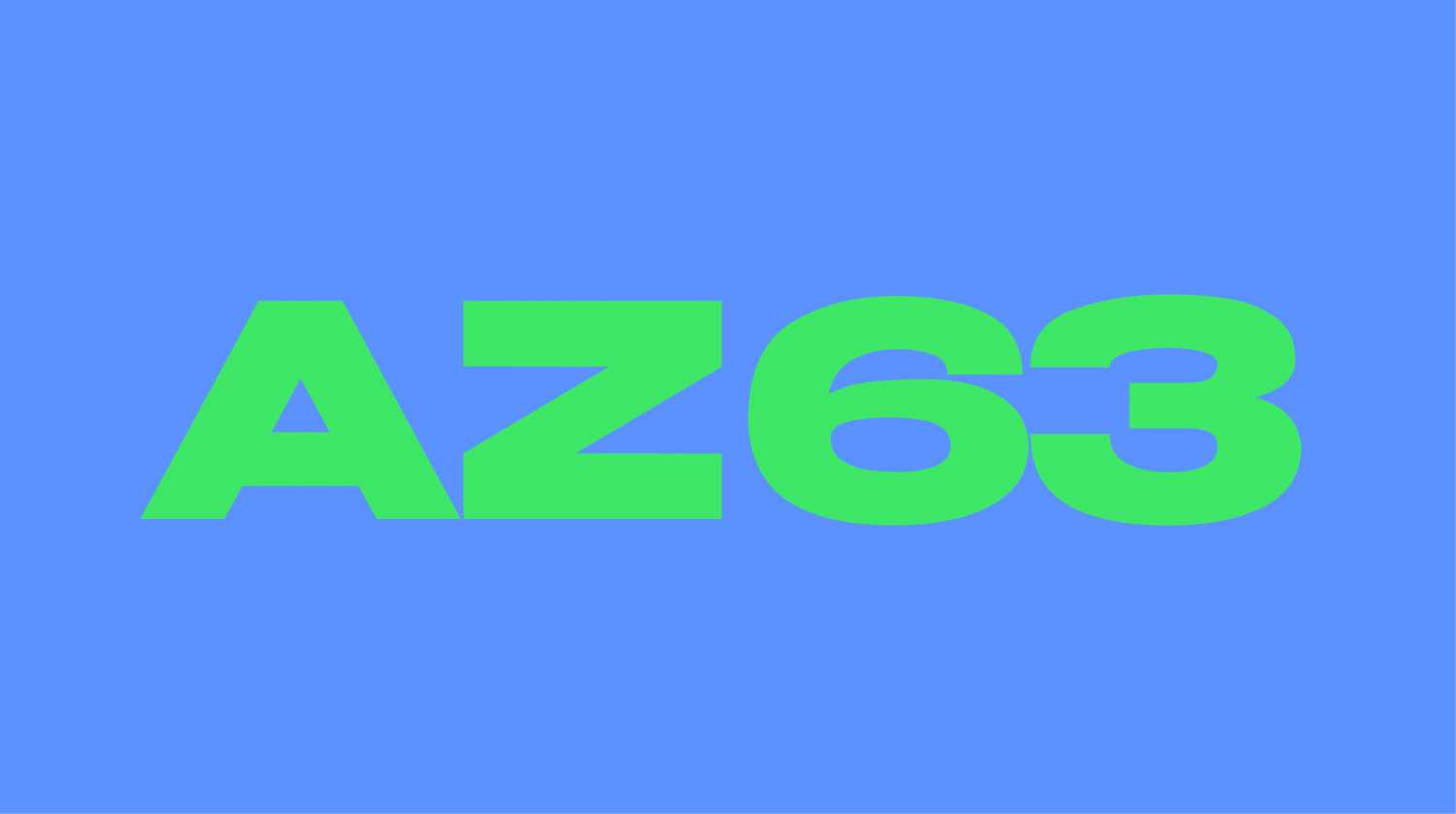
Votre navigateur est obsolète, l’affichage des contenus n’est pas garanti.
Veuillez effectuer une mise à jour.